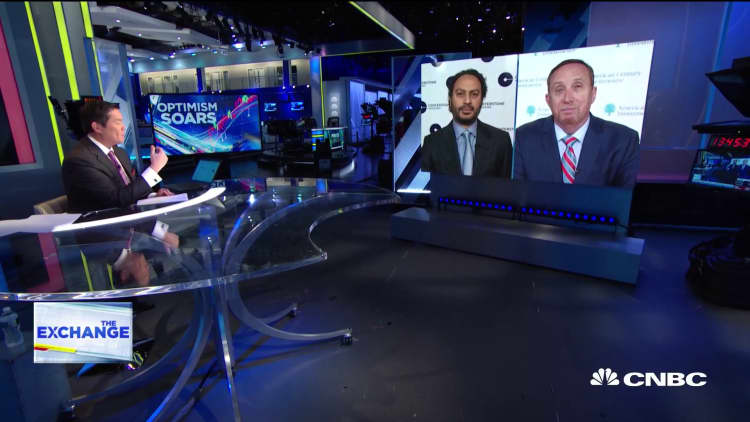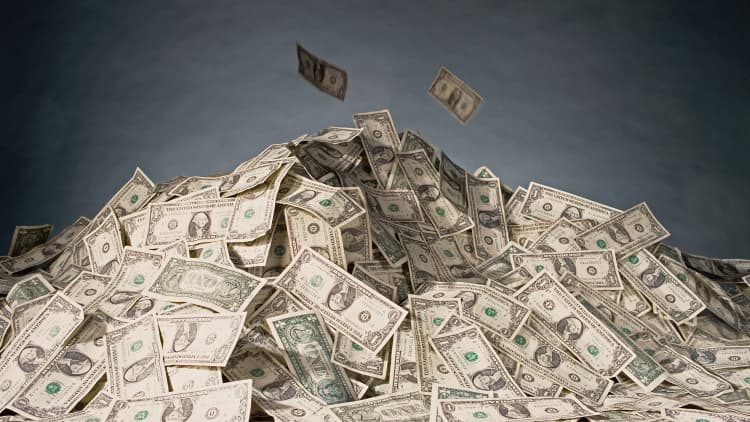
The longest bull market in history is also the best ever.
The current market boom, which started March 9, 2009, has enjoyed a whopping 468% gain for the S&P 500 through the first day of November, making this record-long bull run also the best-performing one since World War II, according to The Leuthold Group. The S&P 500, which eked out a record closing high Thursday, has soared 472% in this epic run.
The bull market from 1949 to 1956 scored a 454% gain for the S&P 500, the second-biggest return in recent history, the firm said. The explosive bull run in the 1990s saw the S&P 500 rally 391%, while the bull market of 2002–2007 pulled off a 121% gain for the benchmark, according to The Leuthold Group.
More than 10 years off the financial crisis bottom, the market still hasn't lost its momentum as it currently sits at its all-time high lifted by renewed hopes for a U.S.-China trade resolution. The S&P 500 tumbled to its financial crisis intraday low of 666 hit in March 2009 and roared back to around 3,094 on Wednesday.
"The most outstanding feature of this cycle since 2008 is always going to be fear," Jim Paulsen, chief investment strategist at The Leuthold Group, told CNBC. "I've referred to this cycle to some degree as a bearish bull market. It keeps the market from getting so far over its skis that it has to have a bear market."
"It also keeps a lot of dry powder on the sidelines as a cushion under the market and for fuel to push it higher. It makes policy officials bring in stimulus because they think the recovery is going to end," Paulsen added.
The Federal Reserve instituted three rounds of easing during and after the financial crisis to lower long-term rates and encourage the flow of money into risk assets like stocks and corporate bonds. The unprecedented monetary stimulus — which included a quantitative easing program some called "money printing" — helped goose a slowing economy and revive the financial markets.
The S&P 500 has also climbed more than 35% since Trump's inauguration in January 2017. President Donald Trump has delivered on promises to cut corporate taxes and regulations and promote activity through more aggressive government spending.
The combination of easy monetary policy and lower taxes has been giving the stock market a much needed boost, said billionaire investor Paul Tudor Jones.
"We've got an explosive combination of monetary and fiscal policy right now," Jones told CNBC's "Squawk Box" on Wednesday. "We've got a 5% budget deficit coupled with the lowest real rates that you can image with the economy at full employment. That's the most unorthodox, and potentially explosive, combination that you can imagine."
While the U.S. has been engaging in a costly trade war with China, the rest of the world is facing a bigger chance of a downturn. The United Kingdom has gone through many twists and turns over the last 3½ years to seal a Brexit deal. The economic slowdown in Europe — particularly Germany — has raised concerned about a global recession. Many emerging markets including India and China are also experiencing a slowdown.
"The other thing that's helped the bull is how poorly the rest of the world's done. It sort of kept everyone here. If they are going to buy anything at all, they'd buy U.S." Paulsen said.



